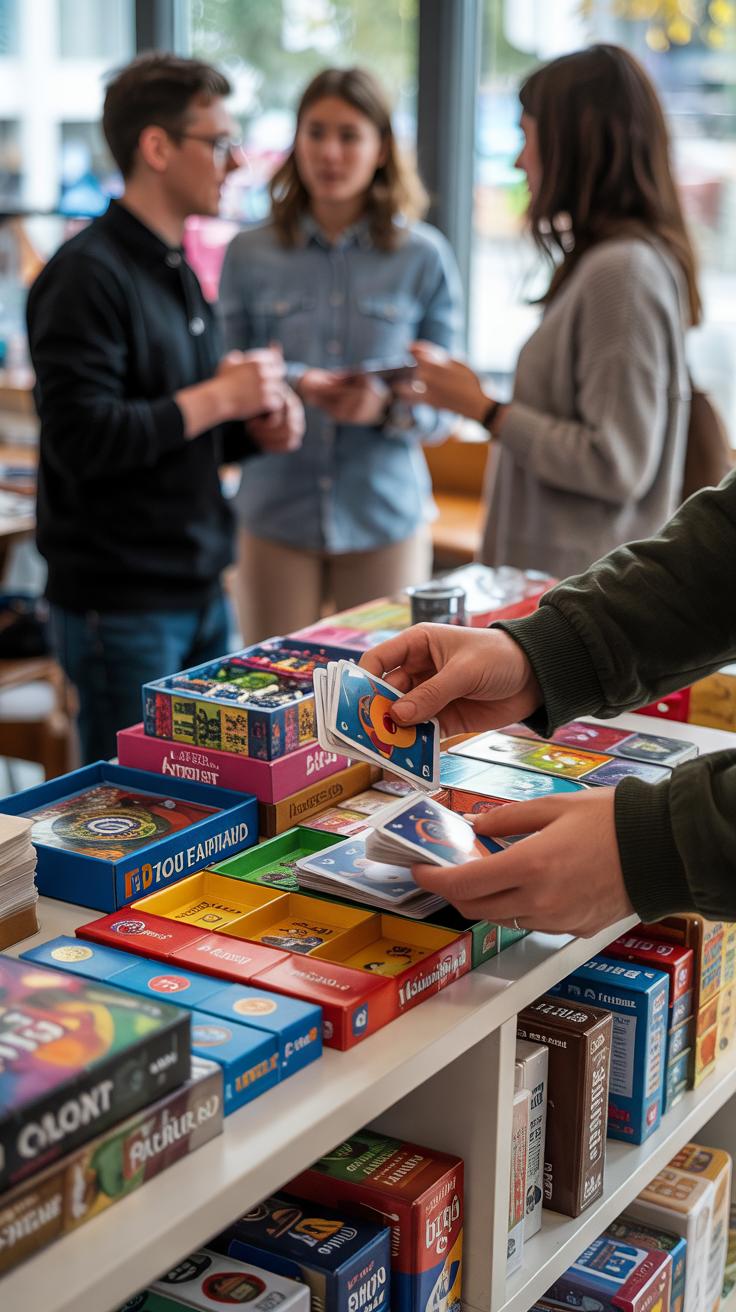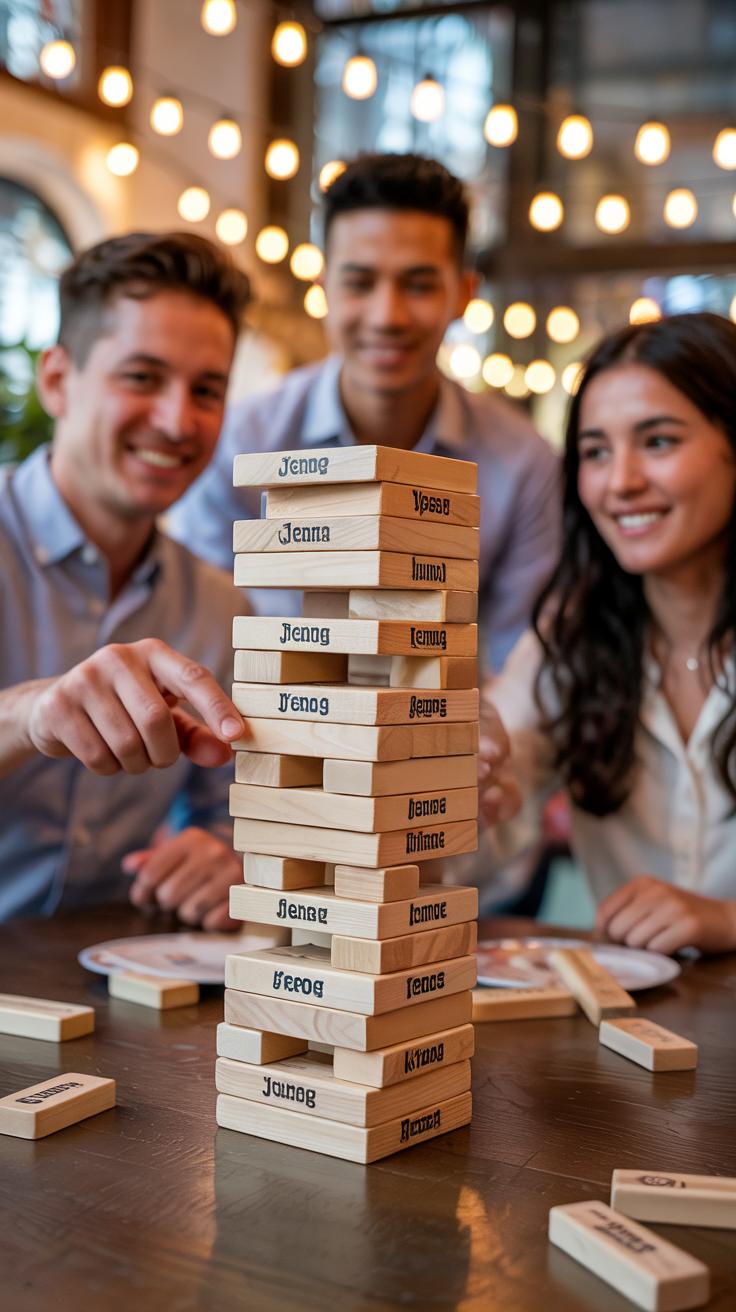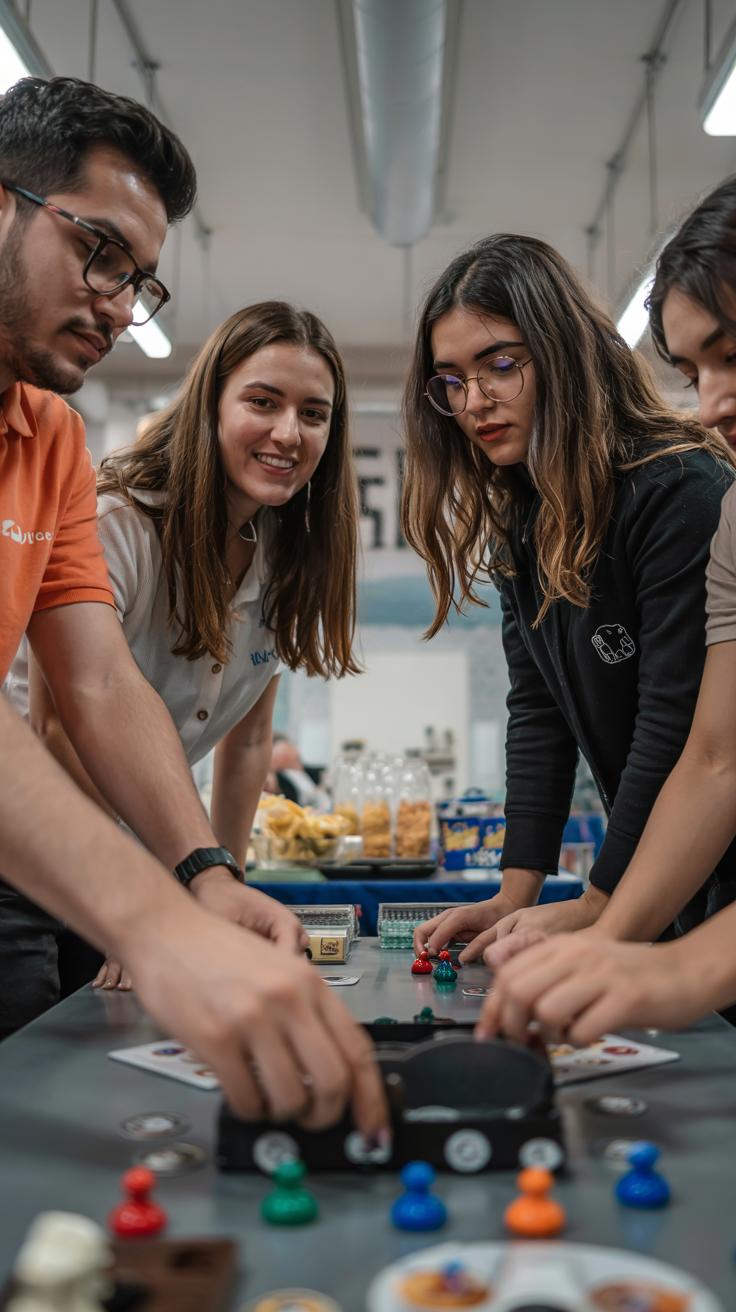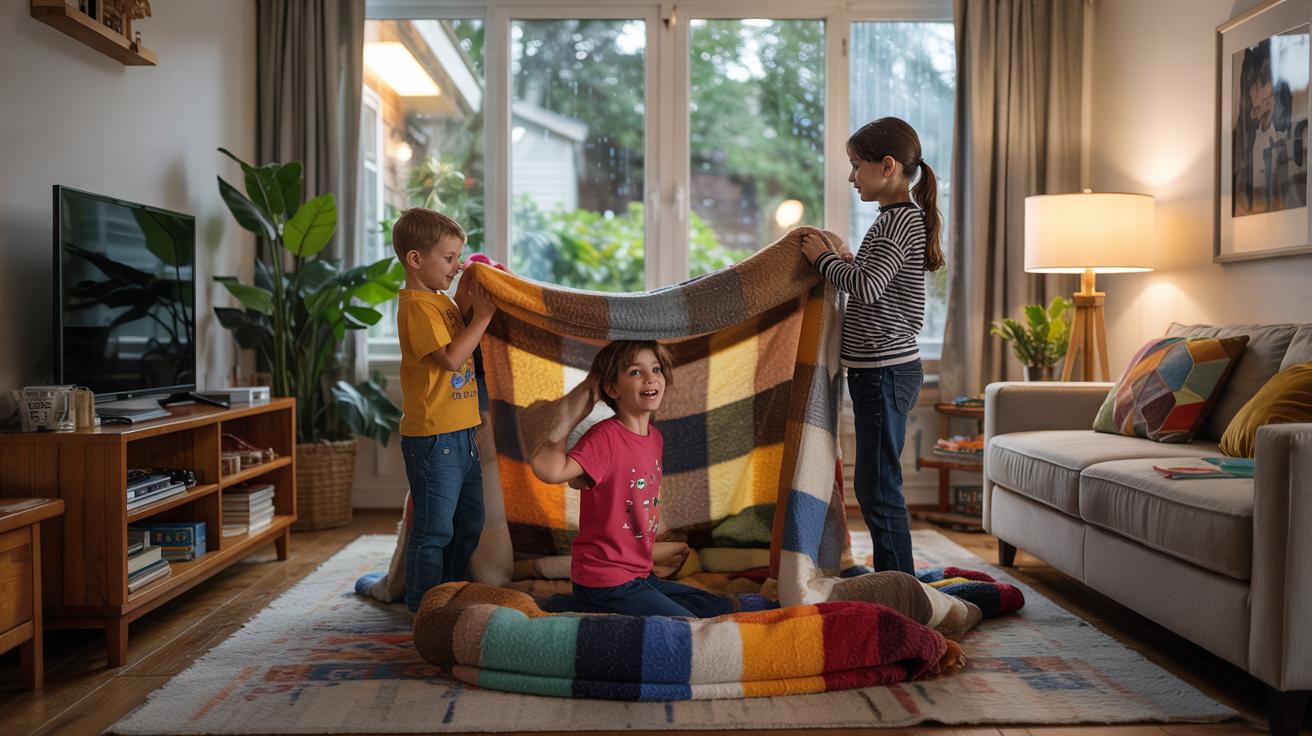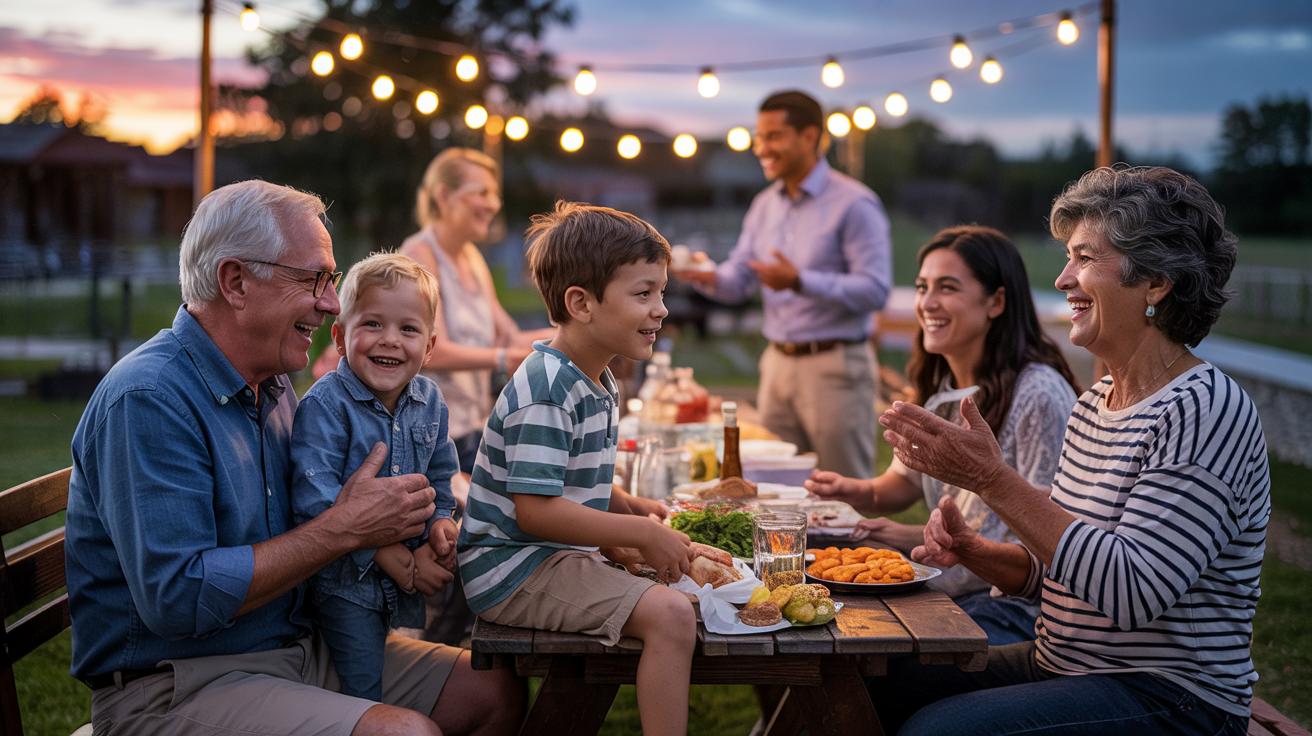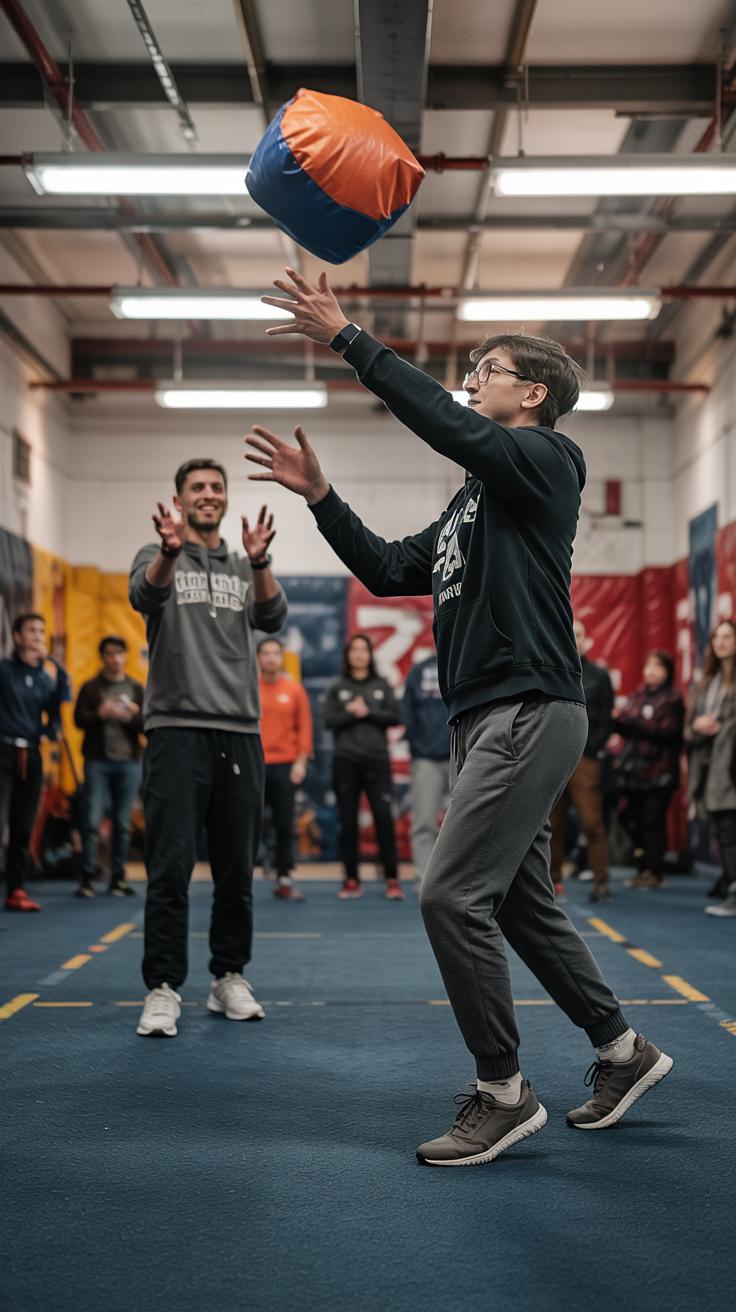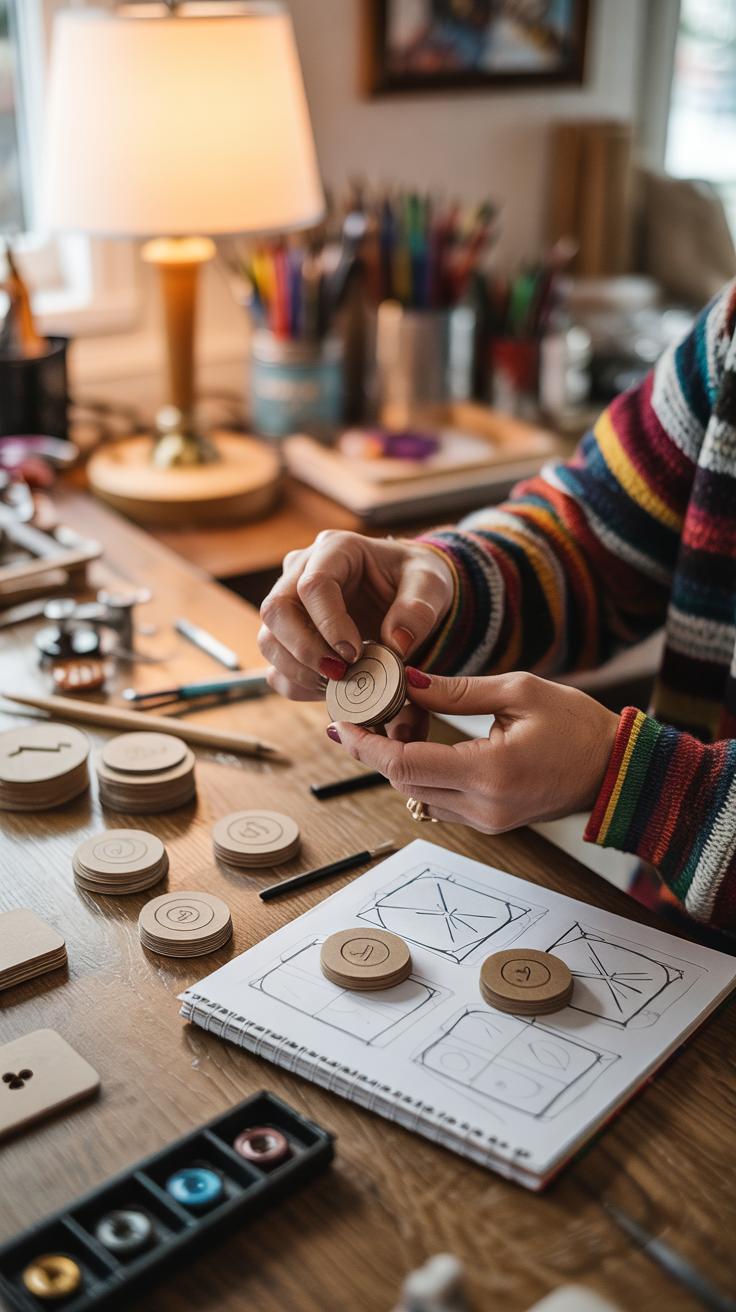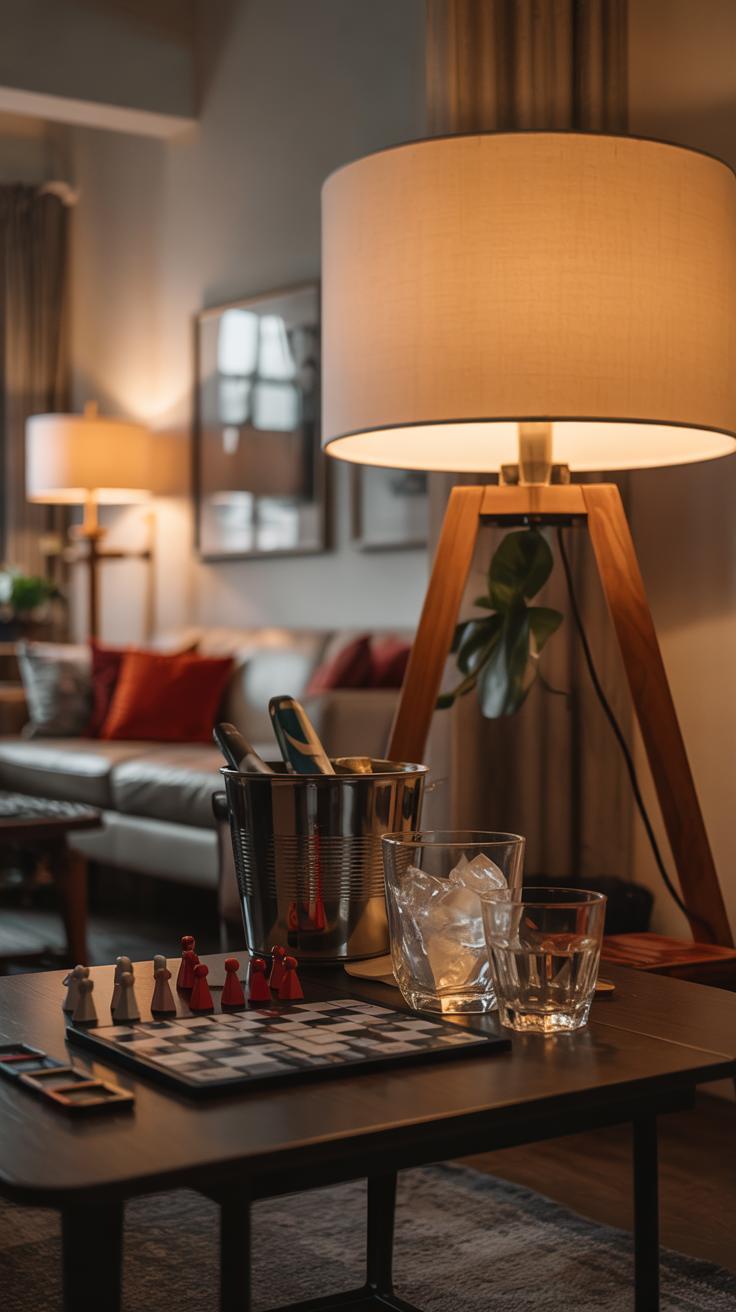Introduction
Engaging in games is a great way to break the ice and foster connections among adults. Fun games provide an opportunity to step away from daily routines and enjoy moments filled with laughter and interaction. These activities encourage participation, challenge your mind, and help to create memorable social experiences designed to include a variety of skill levels. Whether you are at a party, team-building event, or casual get-together, incorporating games can bring energy and enjoyment to your gathering.
Games aimed at adults focus on social engagement and entertainment without requiring intense physical abilities or complex equipment. They are designed to be inclusive, improving interaction and making everyone feel comfortable. By playing, you get to know others better, reduce stress, and make gatherings more lively. What kind of games do you think could make your next gathering more interesting? This article explores a range of games and how you can use them to break the ice and make socializing easier and more fun.
Understanding the Role of Games in Adult Socializing
Games serve as powerful tools for adults to connect with each other in ways that feel natural and relaxed. When you play a game, focus shifts from formal conversation to interactive enjoyment. This creates space where people can let their guard down and simply have fun together. Imagine a room where strangers are hesitant to talk. Introducing a game shifts energy instantly, giving everyone a common goal or challenge.
The psychological benefits include reduced stress and increased feelings of joy. Physically, laughter and movement release tension and promote well-being. Socially, games spark interaction, build trust, and encourage open communication. Games can also reveal different sides of people, fostering empathy and stronger bonds. What if your next gathering made connections easier and deeper just by adding a game?
Why Games Matter in Social Settings
Games break social barriers quickly by leveling the playing field among participants. When adults engage in friendly competition or collaboration, natural interaction replaces awkward silence. Everyone takes part, regardless of age, background, or personality. This creates an inviting atmosphere where strangers become teammates or opponents rather than just guests.
Games encourage participation by giving clear rules and objectives. This helps shy individuals join in without pressure, creating a shared experience that sparks conversation afterward. If you want people to engage more actively, offering a game is one of the easiest methods. Have you noticed a room light up the moment a game starts?
Benefits Beyond Entertainment
Playing games in social settings offers benefits beyond having fun. Cognitive skills such as problem-solving, memory, and strategic thinking get exercise. For example, puzzle and word games challenge the brain while keeping it lively and sharp. Emotionally, games can help reduce anxiety by shifting focus from worries to playful tasks.
Socially, games promote cooperation and healthy competition among adults. They improve communication and often encourage teamwork. A simple card game might encourage storytelling or laughter that strengthens friendships. Could adding games to your routine support your mental and social health at the same time?
Choosing the Right Games for Your Group
Picking the right games depends on your group’s size, interests, and the setting. Smaller groups, such as 4 to 6 people, often thrive with games that encourage deep conversation or teamwork. Larger groups may need games with simple rules that keep everyone involved and prevent long waiting times. Consider what your group enjoys. Are they competitive, laid-back, or a mix? Matching a game’s style with preferences helps keep players engaged. Also, think about where the game will take place. Will it be outdoors on a sunny day or inside a cozy living room? Some games need space to move around, while others work well sitting at a table. What kind of energy do you want to create? Choosing games that fit your group’s vibe will make the experience more enjoyable for everyone.
Consider Group Dynamics
The size of your group shapes what games work best. Large groups may struggle with games requiring individual turns or heavy concentration. Games that split players into teams keep things moving and give quieter folks a chance to contribute. Pay attention to personality types, too. Outgoing players often love games where they get to shine, while shy or reserved players might prefer games that ease them in gradually. Does your group include competitive people who want to win or others who play mostly for fun? A mix can be tricky but choosing games with flexible rules or multiple ways to participate helps. What do you know about your group’s energy? Thinking about personalities will guide you to games everyone feels comfortable joining.
Adaptability and Accessibility
Games that everyone can understand quickly and join easily work best. Avoid complicated rules that slow down the fun or leave some players confused. Games with simple setups and clear instructions make it easier to include new players or those with less game experience. Think about physical abilities too. Not everyone will want games that require running or quick movements. Choose options that allow players to stay seated or move at their own pace if needed. Some games allow customizing rules to fit the group, creating a more welcoming space. How could you adjust a game to involve everyone? Striving for accessibility keeps the focus on fun and connection rather than frustration or exclusion.
Classic Icebreaker Games Every Adult Can Enjoy
Classic icebreaker games offer simple ways to bring adults together quickly. These games are easy to set up, need little space, and help people relax. For instance, games like “Name Bingo,” where participants find others matching traits on a bingo card, create quick mingling opportunities. “Would You Rather?” invites players to make choices that reveal surprising preferences and spark curious questions. These games open doors for sharing without pressure, making any group feel more comfortable. You can easily tailor them to suit your group size and setting. When you want to build connection right from the start, classic icebreakers become reliable tools that are as fun as they are effective.
Games that Spark Conversations
Games that encourage sharing spark genuine interaction. “Two Truths and a Lie” invites players to state three facts about themselves, with one being false. Others guess which one is the lie, leading to laughs and stories. This game reveals unexpected details and breaks down walls instantly. Another option is “Story Starters,” where each person adds a sentence to a shared story. This gets people thinking and joking together. These kinds of games steer conversations beyond small talk. They give you moments to notice what makes each person unique while keeping the mood light and easy.
Light Physical Games
Moving around helps break stiffness without causing stress. Easy games like Charades allow people to act out words or phrases silently for others to guess. This injects energy and laughter into the group. “Pictionary” adds drawing instead of acting but keeps the physical element alive. Such games require simple materials—just paper, pens, or a list of words. You don’t need athletic skills; anyone can join in. These light physical games invite playful competition and encourage people to cheer for each other, creating a shared experience that feels inclusive and fun.
Creative Party Games to Energize Your Event
You want your party to buzz with energy and laughter. Creative games do just that by blending teamwork and humor in a way that pulls everyone in. These games encourage you and your guests to work together while breaking out of everyday roles. They spark shared moments that stick long after the party ends. Imagine a game where you collaborate to solve a silly challenge or create something fun as a team. These moments generate excitement and lighten the mood. What kind of energy do you want your gathering to have? How can a game prompt your guests to laugh together while cooperating? Picking games that highlight creativity and team spirit is a sure way to make your event memorable.
Team-based Challenges
Games that split participants into teams create cooperation and friendly competition. Pictionary is a great example. Players draw clues while teammates guess, blending skill and humor. Cranium combines puzzles, acting, and wordplay, requiring different talents for success. You work together to solve problems, which naturally breaks barriers. In team-based games, you don’t just play—you interact, communicate, and strategize. Have you noticed how teamwork sparks new conversations and funny moments? Dividing the group helps shy players join in. Such games naturally build a shared goal and keep people engaged through constant interaction.
Role Playing and Imagination
Role-playing games invite you to step into a character and express creativity. These games encourage participants to improvise and share stories, making interactions richer. When you take on a role, your focus shifts from yourself to the group and the scenario. This eases social barriers and builds rapport. For example, games like Mafia or Werewolf have players act out roles with hidden identities, sparking suspicion and amusement. Imaginative games ask you to create, react, and think on your feet—qualities that deepen connections. How might stepping into a new character help you see others differently? Others feel more comfortable opening up when the focus stays playful and fictional.
Games That Keep Everyone Engaged
Games that keep everyone involved help maintain energy and fun throughout your event. Look for options where players have quick turns and steady participation. These games reduce downtime and avoid boredom, especially in large groups.
Think about games like “Pass the Story,” where each player adds a sentence in turn to build a story. This keeps everyone alert and ready to jump in. Another great option is “Speed Charades,” allowing fast-paced, short rounds to include all players.
How do you make sure nobody feels left out? Avoid games where players are eliminated early. Instead, choose those that rotate roles or allow cheering for others, so teamwork stays alive.
Keeping engagement high means balancing the desire to compete with the need to include everyone. Can a game be fun for both winners and those waiting their turn? The answer lies in how you structure the rules and pace of play.
Continuous Participation
Games designed for quick interactions allow everyone to stay involved without long breaks. “Two Truths and a Lie” works well because each person speaks in rapid succession. Similarly, “Word Association” keeps players thinking and responding fast.
Large groups benefit from games where turns move smoothly. “Hot Potato” uses a timer to keep passing action fast and exciting. The goal is to keep your group moving and talking, not watching.
Have you ever noticed how waiting can kill the mood? Avoid that by choosing games with short actions per player. This approach ensures you never have to say, “Wait for your turn.”
Balancing Competition and Inclusion
Competition energizes a group, but too much can isolate players. Creating team-based games encourages collaboration while still offering a chance to win. For example, trivia games that combine individual answers with team discussions let everyone contribute.
Rotating leadership roles during games helps players feel valued. When players share responsibilities, they stay engaged and connected. Recognize both effort and success to keep the mood positive.
Try adapting rules so no one is left behind. For instance, in a word game, let every player add words but limit points to keep it friendly. Does your group prefer playing for fun or focusing on victory? Balancing this helps you design games everyone enjoys.
Using Games to Build Communication Skills
Playing games with others gives you a chance to practice both talking and understanding without pressure. Games create situations where you need to give clear directions or listen carefully to what others say, helping you sharpen your communication skills in real time. When you engage in these activities, you learn how small changes in your tone or wording affect how others respond.
Non-verbal communication also comes into play. You pick up on facial expressions, gestures, and body language, which are key parts of how people share ideas beyond words. These skills can make your daily conversations at work or with friends more effective.
Have you noticed how some games make you re-think the way you explain things or respond? That reflection helps you adjust your communication style flexibly, a valuable skill in many social and professional situations.
Listening and Expressing Clearly
Try games that require you to give and follow instructions precisely, such as “Telephone” or “Call My Bluff.” They push you to listen closely and explain your thoughts clearly to avoid misunderstandings. In these games, small lapses in attention can change the outcome, showing you how critical careful listening is.
When you practice giving clear instructions, you learn to organize your ideas better and choose your words wisely. This ability can improve how you handle team projects or solve problems in conversations.
Ask yourself: Do you usually speak clearly enough for others to understand on the first try? Using games to practice this can reveal areas where you might improve.
Non-verbal Interaction
Games like charades put your non-verbal skills to the test. You must convey ideas or emotions using only gestures and body movements. This practice boosts your ability to read others’ cues and express yourself without relying on words.
Understanding body language during these games allows you to catch subtle signals in everyday life, like noticing if someone is uncomfortable or excited. This awareness can deepen conversations and strengthen connections with others.
Think about times when words failed, but a look or gesture said everything. Playing non-verbal games trains you to both send and receive those silent messages more effectively.
Incorporating Physical Movement in Adult Games
Encouraging movement in adult games doesn’t mean pushing for intense exercise. Gentle physical activities increase energy and improve mood without causing strain. Think of games that involve light stretching, walking short distances, or simple hand gestures. These movements keep everyone engaged and comfortable.
You can design activities where participants pass objects, reach up to touch something, or step side to side. For example, a game might have players move around chairs or reach out to tag hands while staying in place.
What options can you create that invite movement yet respect different fitness levels? Offering choices encourages participation from everyone. Your goal is to keep people active enough to stay alert and connected.
Simple Relay and Movement Games
Relay races and movement games help groups bond with shared goals. Choose tasks with similar difficulty for all players to ensure fairness. For instance, passing a ball down a line, walking backward to a marker, or balancing an item while moving.
These games invite laughter and teamwork without pushing anyone too far. Small challenges like hopping on one foot or side-stepping add variety but keep players safe. Matching activities to your group’s comfort supports participation and maintains fun.
Have you tried adapting a classic relay to fit different ability levels? Doing so keeps the pace enjoyable and engages everyone equally.
Safe and Inclusive Physical Play
Physical games must focus on safety and inclusiveness. Ensure the space is clear and free of obstacles. Choose activities suitable for all mobility levels and provide modifications when needed.
Clear instructions help players understand movements and limits. Encourage participants to listen to their bodies and skip any action that causes discomfort. Respect personal space and avoid overly competitive elements that might exclude or pressure players.
How can you make sure every player feels welcome and secure in your games? Thoughtful planning and open communication help create a positive atmosphere where everyone enjoys moving together.
Creating Your Own Customized Games
Designing games that match your group’s interests adds fun and meaning to gatherings. Start by learning what everyone enjoys. Ask questions about favorite activities, shared hobbies, or even pop culture everyone follows. This helps pick themes that spark excitement and keep players engaged.
Consider using surveys or simple conversations to gather ideas. If your group loves mystery shows, create a detective game. If they prefer trivia, tailor questions to their knowledge areas. Matching themes with preferences avoids awkward moments and increases laughter and connection.
Identify Your Group’s Preferences
Focus on what feels natural to your group. Are they competitive or cooperative? Do they enjoy fast-paced challenges or relaxed discussions? Notice energy levels and communication styles. Use these clues to pick game types that fit well.
Ask yourself: Would they like a game with a story or quick puzzles? Will they appreciate an active game or prefer sitting and talking? Aligning the game’s style and topic with your audience makes participation easier and fun more genuine.
Simple Rules for Maximum Fun
Clear and simple rules keep everyone playing without frustration. Avoid complex instructions that slow the game or exclude players. Focus on easy-to-understand goals and steps. Use examples to illustrate tricky parts whenever possible.
Limit rules to essentials. Fewer guidelines often boost creativity and laughter. For example, a card game with three main actions is easier to remember than one with many exceptions. Make sure rules can be explained in under two minutes. This keeps your game lively and welcoming for all players.
Preparing and Hosting a Fun Game Session
Setting the Mood and Space
Choose a space that feels comfortable and open enough for movement and group activities. Clear away clutter to give players room to spread out and interact. Lighting should be soft but bright enough to see clearly. Avoid harsh overhead lights or dim corners. Play subtle background music to fill silences without distracting from the gameplay. Arrange seating in a circle or semi-circle to encourage eye contact and easy conversation. Add small touches like snacks and drinks within reach to keep energy steady. Ask yourself if the environment welcomes everyone, including people who may need extra space or quiet breaks. Creating a relaxed but lively setting primes your group to jump into the games with enthusiasm and ease.
Facilitating and Encouraging Participation
Start with games that require little preparation or skill to build confidence quickly. Use clear instructions and demonstrate a quick example to avoid confusion. Watch for players who hang back and invite them gently with direct but friendly questions or roles tailored to their comfort level. Praise all contributions, even small ones, to create positive momentum. Keep energy high by mixing fast-paced and thoughtful games to avoid fatigue. Don’t hesitate to steer the group if focus wanes by introducing a quick icebreaker or changing the pace. How can you adapt your style to meet the group’s energy and personality? Your attentiveness and flexibility often make the difference between a good session and a great one.
Conclusions
Choosing the right game can transform a social event. Games that encourage cooperation, conversation, and challenge mental skills can help break down barriers and foster a pleasant atmosphere. Adults benefit from these fun experiences because they engage actively with others and take part in memorable activities. These games can be adapted to fit any more formal or casual setting, allowing a tailored social experience that suits your exact needs.
By incorporating these games into your events, you make it easier for everyone to join in and feel included. Games that minimize player elimination and keep everyone engaged work best. Start thinking about which games you can introduce for your next gathering. Adding a few fun options might lead to stronger relationships, more laughter, and a better overall mood. What game will you choose to lighten up your next meeting?




